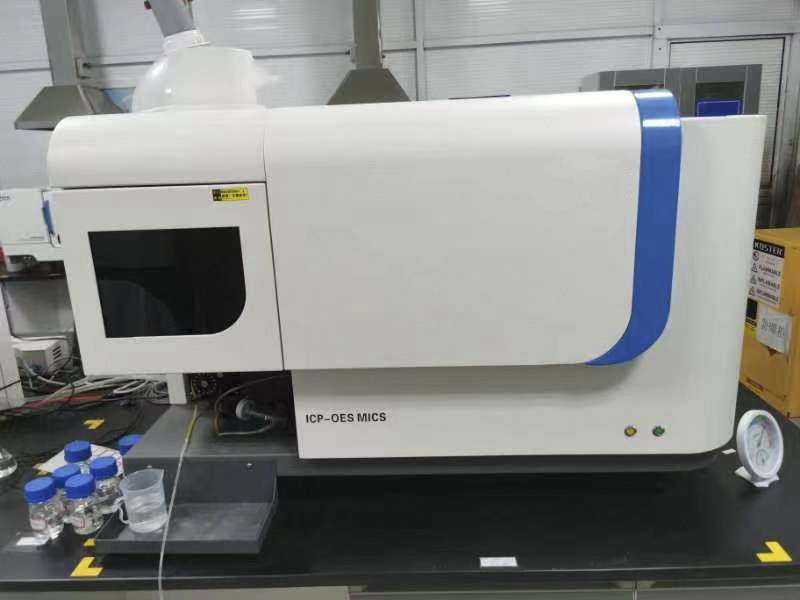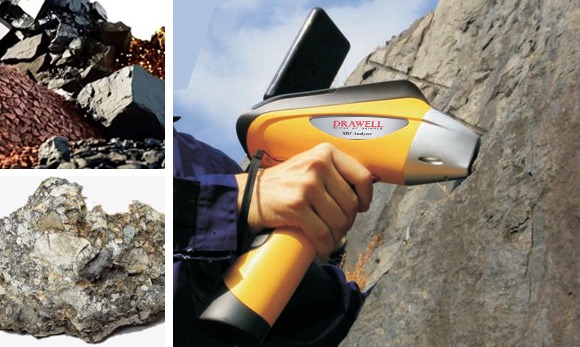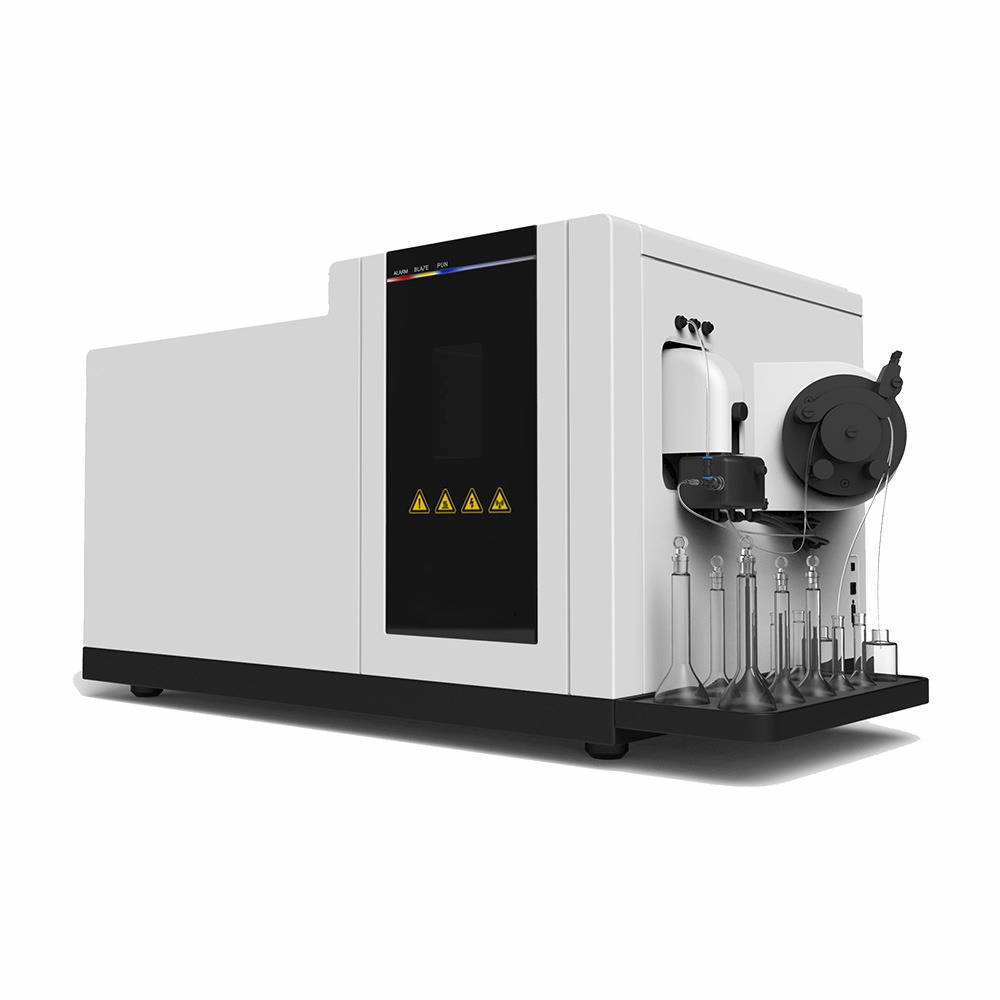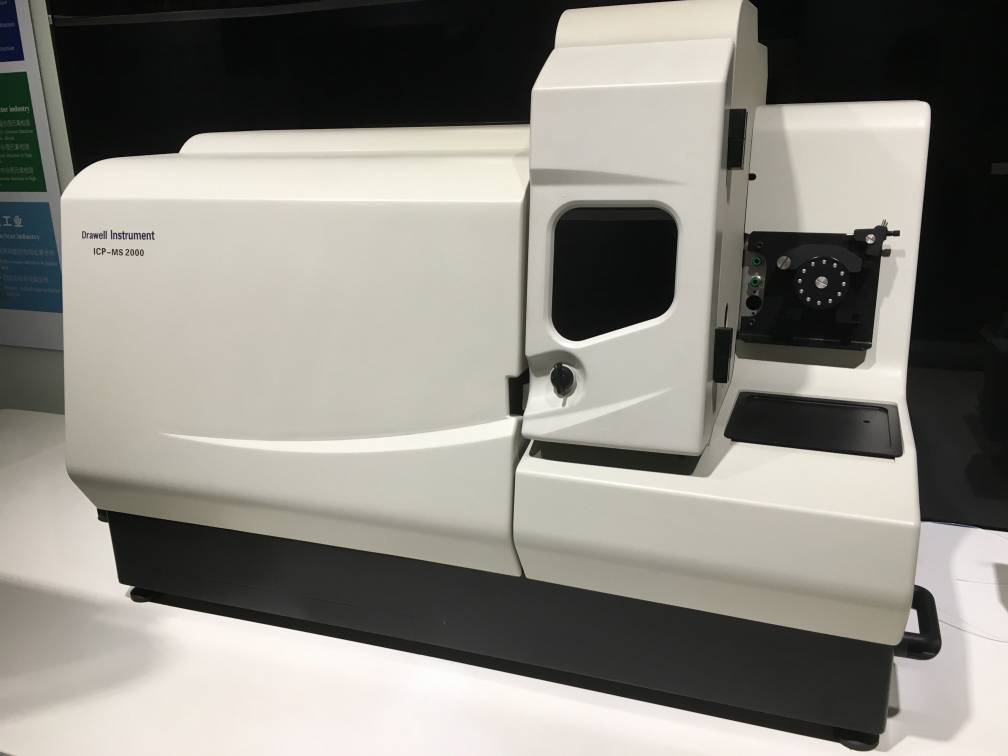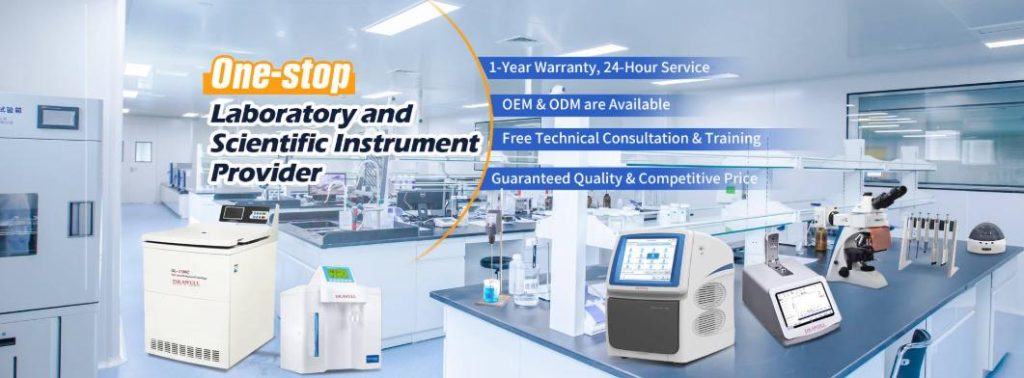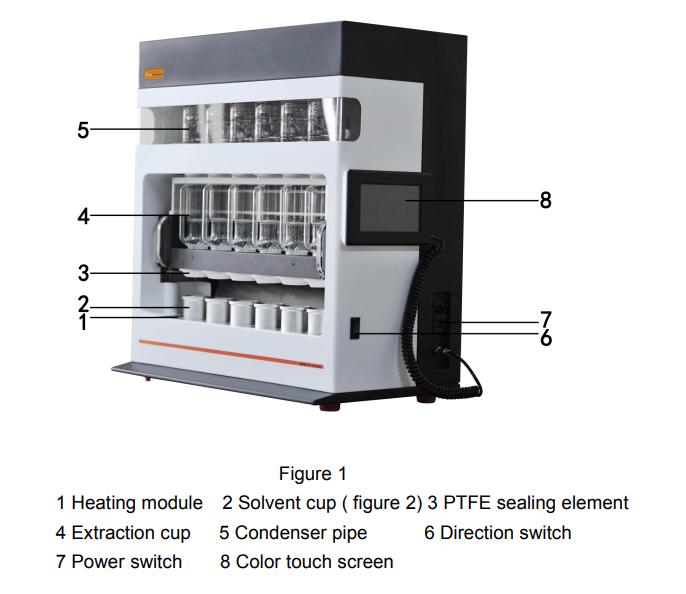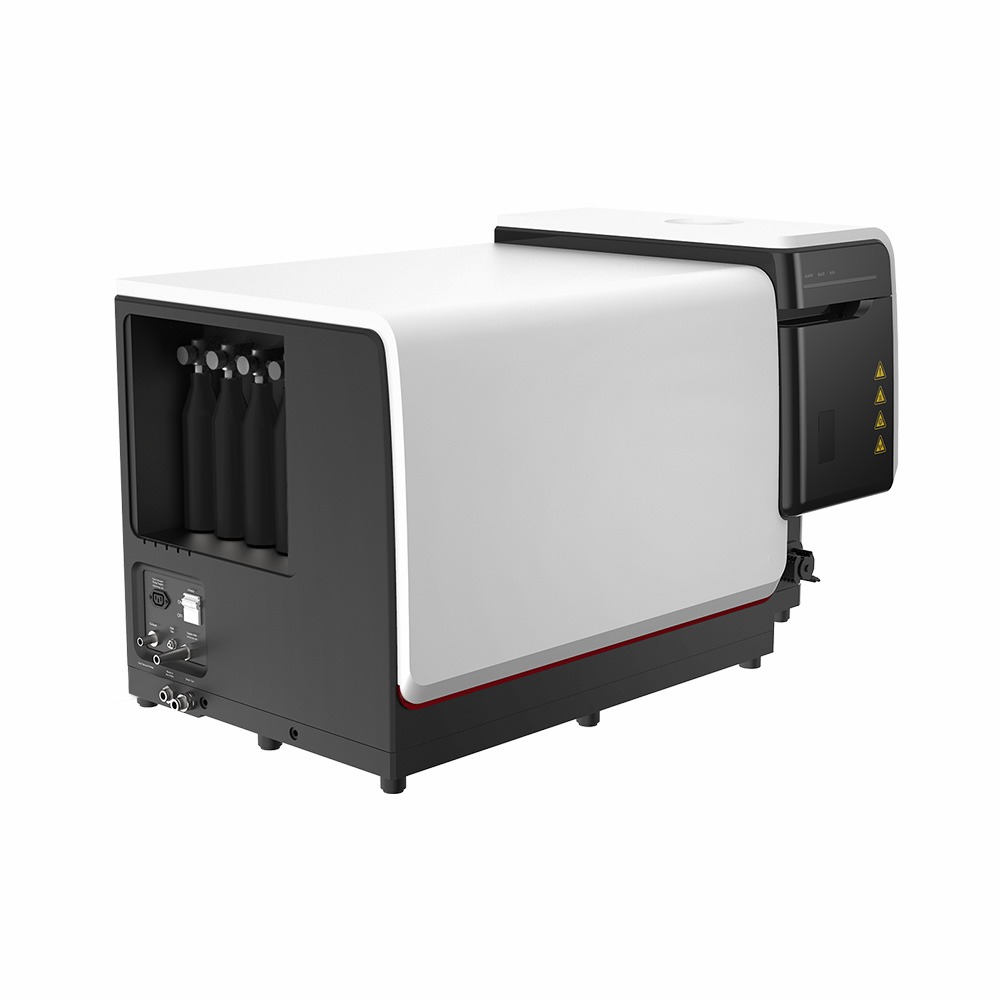News
What are Effective Calibration Methods in ICP-OES Analysis
Inductively Coupled Plasma Optical Emission Spectroscopy (ICP-OES) is a widely used analytical technique for detecting and quantifying trace elements across diverse sample types. The accuracy of ICP-OES results is heavily reliant on effective calibration methods. This article delves into the essential calibration techniques for achieving high precision and accuracy in ICP-OES analysis. Why Calibration Matters in ICP-OES Calibration…
How Mineral Analyzers Transform Mineral Exploration
Mineral exploration plays a pivotal role in industries such as mining, construction, and energy production. The search for valuable minerals, however, has traditionally been a time-consuming and labor-intensive process. Enter mineral analyzers—a revolutionary technology that has transformed the way we identify and evaluate mineral deposits. By offering unparalleled accuracy, speed, and efficiency, these tools are…
How to Mitigate Matrix Effects in ICP-MS for Complex Sample Analysis
Inductively Coupled Plasma Mass Spectrometry (ICP-MS) is a highly sensitive analytical technique widely used for detecting trace elements in complex samples, such as environmental, biological, and industrial matrices. However, one of the significant challenges when using ICP-MS for complex sample analysis is the presence of matrix effects. These effects can lead to signal suppression or enhancement,…
ICP-AES vs. ICP-MS for Heavy Metal Analysis: How to Choose the Right Method
Two widely adopted techniques for heavy metal analysis are Inductively Coupled Plasma-Atomic Emission Spectroscopy (ICP-AES) and Inductively Coupled Plasma-Mass Spectrometry (ICP-MS). Each technique has distinct advantages and limitations depending on the application, sensitivity requirements and operational constraints. This article explores the key aspects that differentiate ICP-AES and ICP-MS, aiding in selecting the appropriate method for heavy metal analysis. What are…
How to Choose the Right Elemental Analyzer for Your Needs
Elemental analysis is a crucial technique in various scientific fields, including chemistry, environmental science, materials science, and pharmaceuticals. It involves determining the elemental composition of a substance, providing valuable insights into its chemical structure, purity, and properties. With a wide array of elemental analyzers available, selecting the right instrument for specific research or industrial needs can…
How to Enhance ICP-MS Accuracy through Innovative Sample Preparation Techniques
Inductively Coupled Plasma Mass Spectrometry (ICP-MS) is an indispensable technology for detecting and quantifying trace elements and isotopes in various matrices. The accuracy of ICP-MS heavily depends on the quality of sample preparation, as improper techniques can introduce contamination, matrix effects, or signal suppression. Innovative advancements in sample preparation are revolutionizing ICP-MS workflows, leading to enhanced accuracy…
Top 10 High-Precision Instruments for Every Analytical Chemistry Lab
Analytical chemistry labs rely heavily on high-precision instruments to ensure accurate and reproducible results. These tools are essential for detecting, quantifying, and characterizing chemical compounds. This article provides an overview of the top 10 high-precision instruments, classified by their primary functions, along with their types, advantages, and applicable scenarios. 1. Spectroscopy Instruments Spectroscopy instruments analyze…
How to Enhance Detection Limits in ICP-OES for Trace Metal Analysis
Inductively Coupled Plasma Optical Emission Spectroscopy (ICP-OES) is a powerful analytical technique widely used for the detection of trace metals in various samples. Despite its versatility and robustness, achieving low detection limits for trace metal analysis remains a critical focus, particularly in applications where ultra-trace level accuracy is essential. This article explores the key challenges in…
How Soxhlet Extractor Helps Crude Fat Extraction
Fat extraction is a crucial step in many analytical procedures, particularly in the food, pharmaceutical, and environmental industries. It involves separating fats and oils from a sample matrix. One of the most widely used techniques for this purpose is soxhlet extraction. Here we explores how the soxhlet extractor work in crude fat extraction. What is Crude Fat?…
How to Address the Challenges of High-Salt Sample Analysis in ICP-MS
Inductively Coupled Plasma Mass Spectrometry (ICP-MS) is a highly sensitive and precise analytical method for detecting trace and ultra-trace elements in complex matrices. When it comes to high-salt samples, such as seawater, brines, and saline wastewater, ICP-MS analysis becomes challenging due to the high concentration of dissolved salts. These samples present unique obstacles, requiring specialized techniques…


